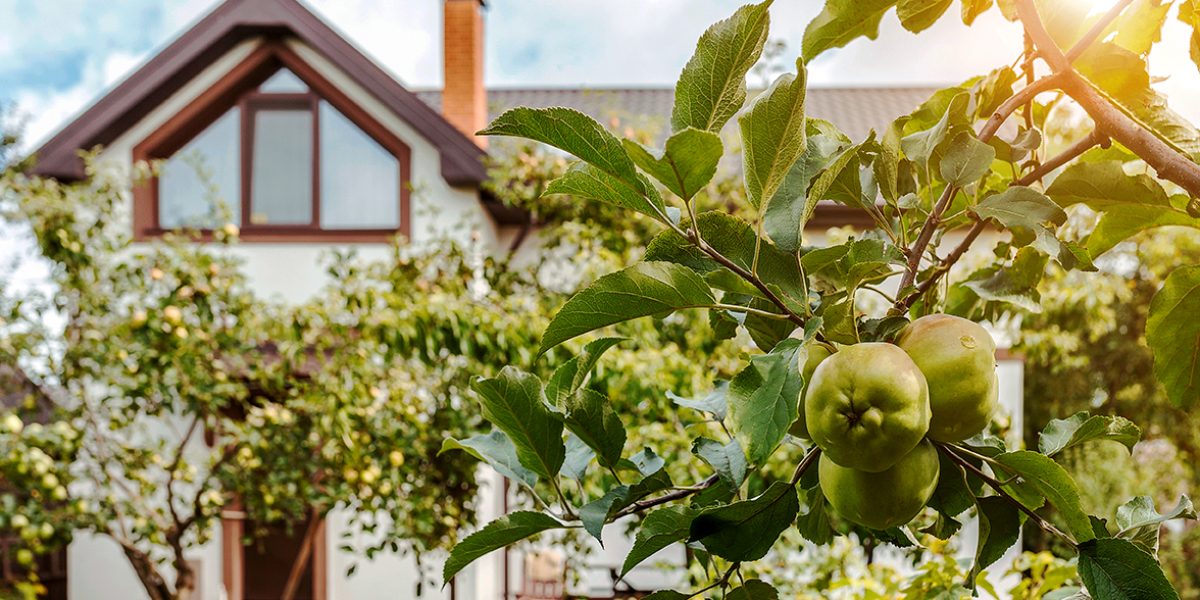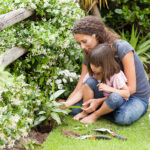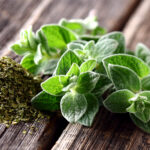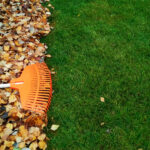Harvesting apples, cherries or berries is one of the most rewarding parts of having fruit crops in the garden. To reach this point, a gardener must first work on a variety of maintenance issues related to integrated pest management, proper watering, and most importantly, soil conditions. Soil type, pH and nutrient balance are factors that should be identified before any bare root fruit trees are put into the ground.
Soil pH
Testing the soil conditions prior to planting is essential to identify if your site is ready to grow and produce fruit. Most tree fruits and berries require soil pH in the range of 6.0 – 7.0. Blueberries are the exception, and they thrive in acidic soils with pH of 4.5 – 5.5. If you have not previously tested the soil and the leaves are yellowing, even after being sufficiently irrigated, this can be a sign of a nutrient deficiency or soil conditions that don’t match the requirements for fruits.
TIP
Think space and nutrients
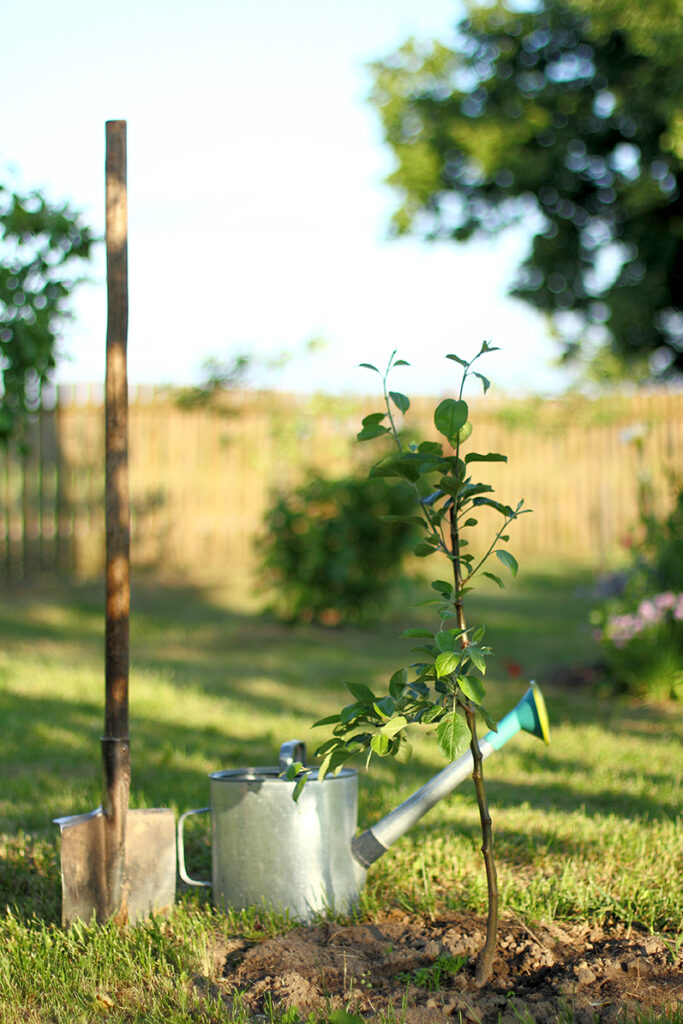
Site preparation is critical to keep tree fruits and small fruits on track for annual growth and eventual fruit production. When the site is ready for planting, be sure that the available area also matches the spacing requirements for an individual tree or bush. Most standard rootstocks require 25 x 25 feet at maturity, while dwarf varieties will need 8 – 12 feet of spacing.
Test, then apply
This article was published by
Michigan State University Extension
![]()

